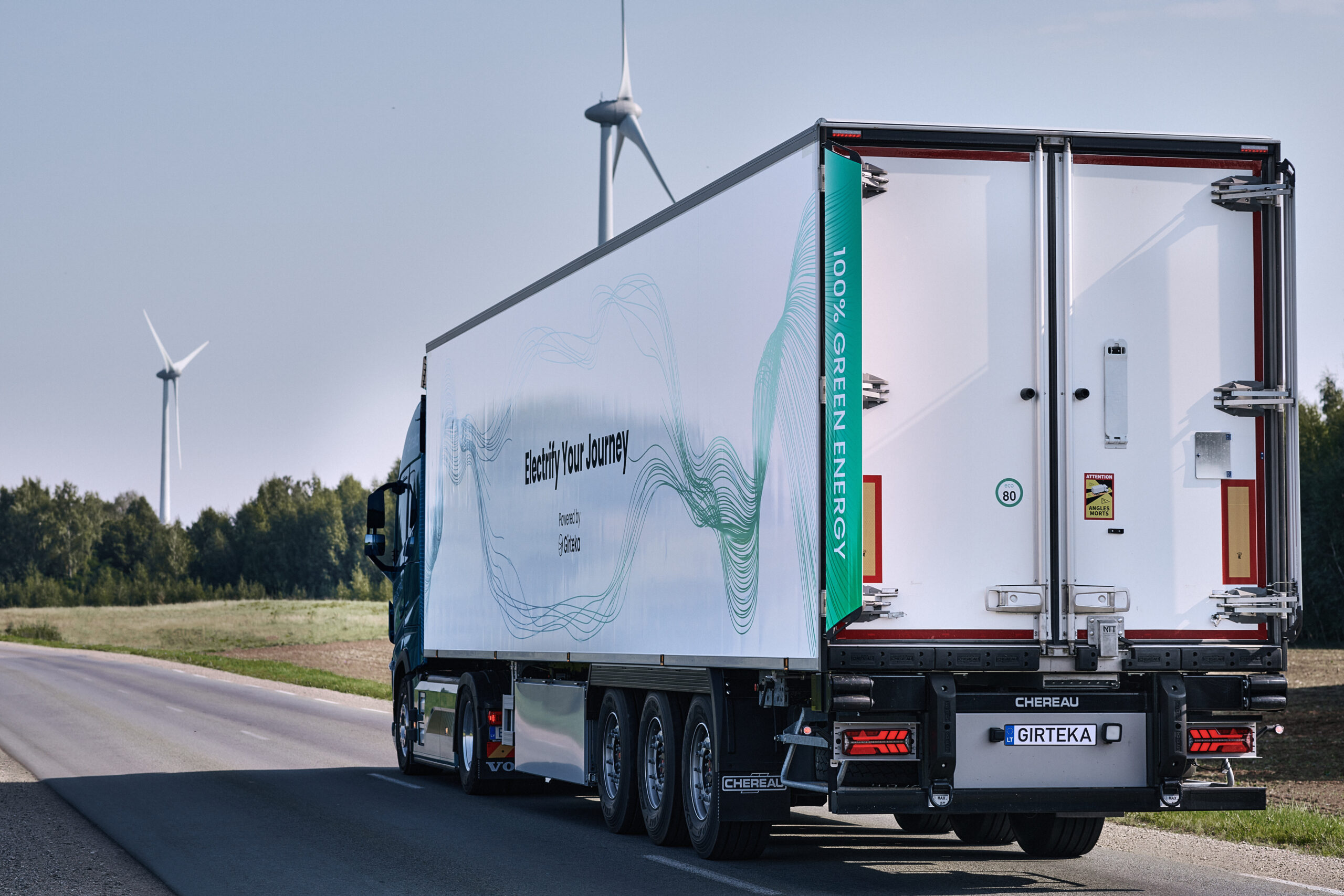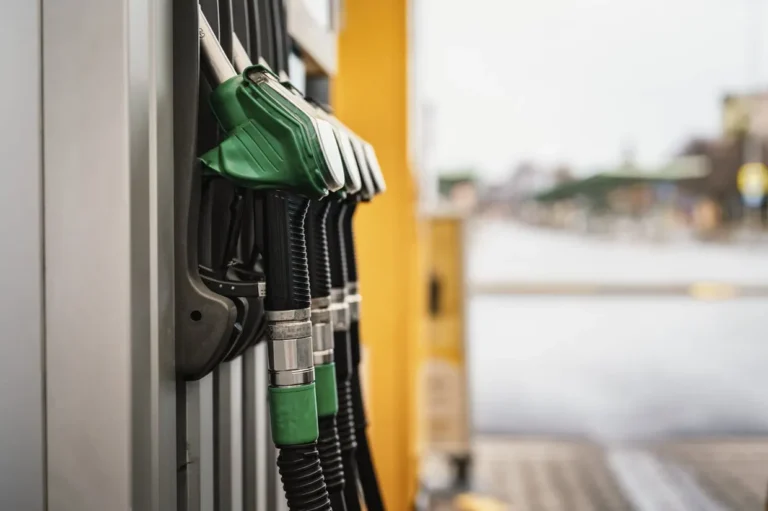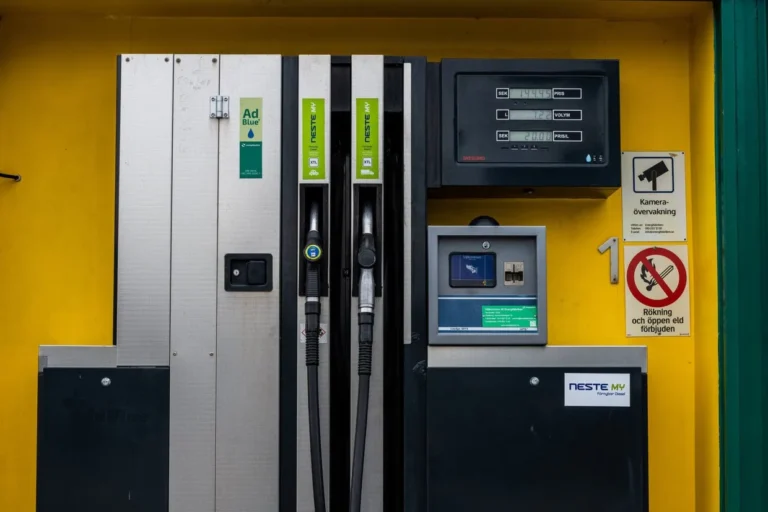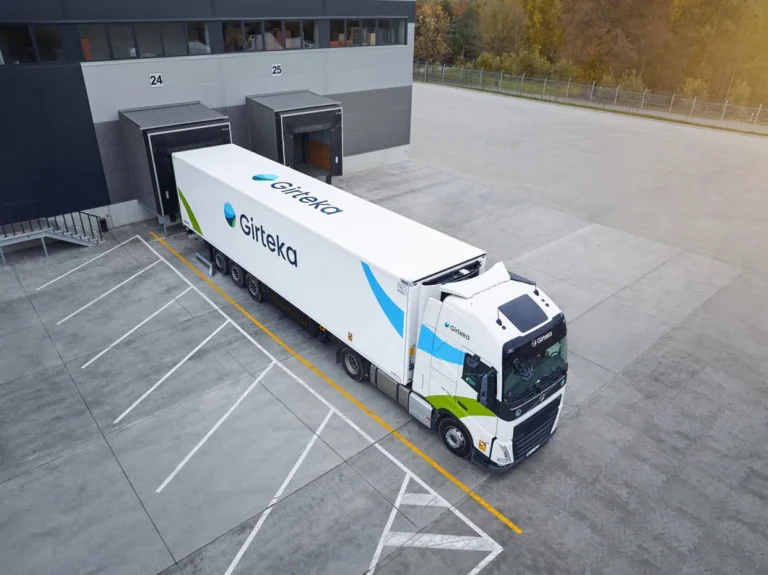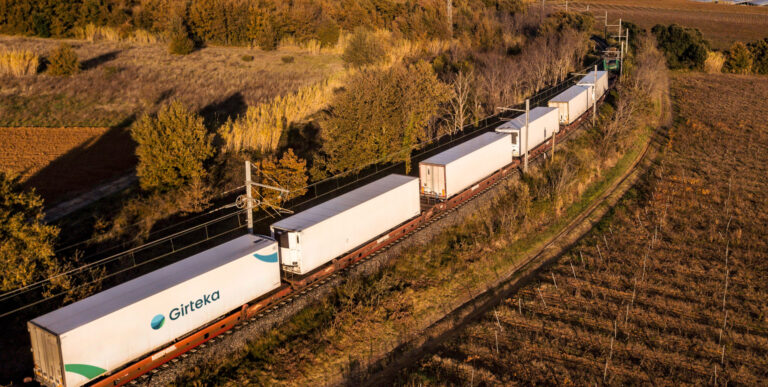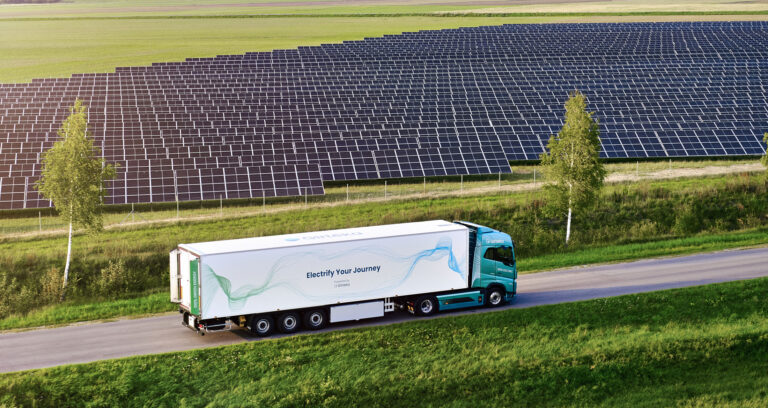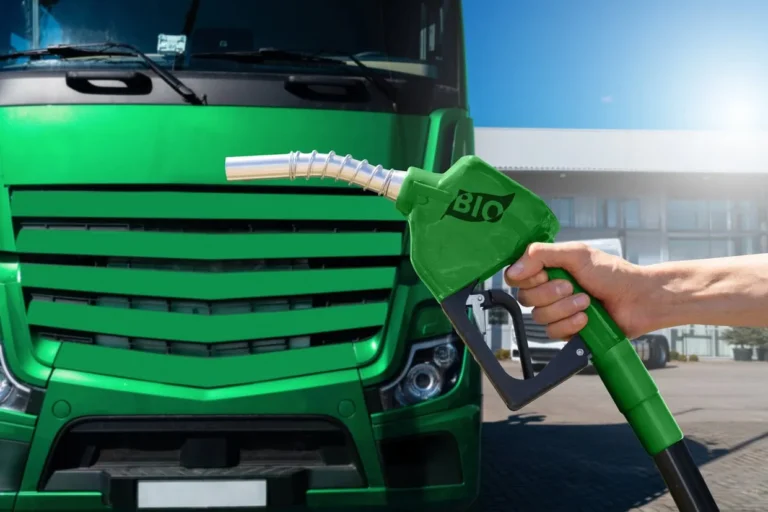The drive towards greener transportation and logistics is accelerating. Many businesses are already opting for a variety of the more sustainable services on offer, aiming to ship their products at reduced emissions. Electric vehicles (EV) are emerging as a key component of this shift. Despite advancements in EV technology, particularly in battery capacity and range, charging infrastructure capabilities remain insufficient. Even more concerning are Europe’s current grid capacity limitations. What needs to be done to support a path for the electrification of long-haul vehicles in terms of grid infrastructure?
Putting Words into Action (Plans)
The International Council on Clean Transportation (ICCT) describes electric vehicles (EV) as “the single most important technology for decarbonizing the transport sector”. Electrifying heavy-duty vehicles (HDVs) is integral to the European Union’s (EU) Net Zero goal. But while automotive manufacturers have been scaling up EV production, including for the HDV segment, there is a growing need for robust charging infrastructure and a modernised electricity grid to support all types of EV fleets in Europe.
The EU legislators’ response to the calls of industry stakeholders for a robust charging infrastructure, along with sufficient grid capacity, has taken the shape of (one of many) action plans. The EU Alternative Fuel Infrastructure Regulation (AFIR), adopted by the European Council in July 2023, sets a legally binding national and EU-wide targets for the deployment of alternative fuels infrastructure for road vehicles, vessels, and stationary aircraft.
The AFIR, which is part of the EU’s “Fit for 55” package, requires that public chargers for electric trucks be provided at regular intervals along Europe’s primary and secondary motorways, and in major cities. For example, Member States need to make sure there is a fast-charging pool every 60 kilometres in each direction of travel by 2025 along the main European roadways.
A study by the European Federation for Transport and Environment (T&E), analysing infrastructure targets agreed under the AFIR, claims that the regulation will provide sufficient public charging infrastructure across the EU. The study claims that this will be “more than enough” for the reduction of average carbon emissions of new heavy-duty vehicles (HDVs) by 45% as of 2030, under the recently adopted, more stringent CO2 emissions standards for new trucks. However, concerns persist over Europe’s grid capacity.
“A Chicken and Egg Situation”
While charging and refuelling infrastructure is being developed, the main challenge lies in significant power requirements on the grid, especially from fast charging. A study published by the Union of the Electricity Industry (Eurelectric), points out that more than one third of the EU’s grids are over 40 years old – a number that is likely to exceed 50% by 2030.
“We have the technologies to deploy EVs on a large scale as well as ambitious targets for their rollout across Europe. Nevertheless, the car industry, regulators, and DSOs are in a stalemate as concerns around infrastructure limit sales of EVs but relatively low EV numbers on the road limit plans for the required grid reinforcements, a real chicken and egg situation,” the authors of the study state.
In its latest publication regarding the charging infrastructure issue, T&E presented the results of a survey it commissioned among DSOs in five EU member states. It concluded that some public charging hubs will require grid connections of 30 MW and more to accommodate the extra load coming from a growing electric truck fleet. To put this into perspective, one megawatt of power can light up approximately 1,000 homes.
“The key to a successful and timely uptake of HDV charging infrastructure is to know when and where the demand will occur,” the paper emphasized. All stakeholders are thus being called upon to take action urgently to ensure that connections needing grid reinforcements and/or extensions happen in a timely manner.
Another key industry observer, ACEA, together with six other European organisations, published a joint letter in October 2023, calling on the Commission for a more coordinated response to “the radical and rapid change in the power infrastructure needs”.
In the letter, the authors present their recommendations, petitioning EU lawmakers for (among other things) urgent investments in grid development and modernisation, including smart grids, as well as government incentives for regulators to modernise grid connection and grid planning exercises.
“ real, common block of grid connection rules and grid certification processes should be established in the EU, building on a further harmonisation of existing electricity network codes and leveraging the strength of standards,” the letter reads.
Getting Electricity Grids up to Speed
According to the European Commission (EC), electricity consumption is expected to increase by around 60% by 2030. Networks will also need to integrate a large share of variable renewable power. Europe’s electricity transmission and distribution networks will have to align with new hydrogen infrastructure, energy storage, and e-mobility charging infrastructure.
With this in mind, on November 28, 2023, the EC proposed the EU Action Plan for Grids – a strategic framework aimed at ensuring that Europe’s electricity grids can meet future energy needs, particularly in integrating renewables and supporting new demands such as electromobility. The EC outlines a 14-point action plan aimed at accelerating the roll-out of electricity grids across the EU.
The actions listed in the proposal focus on implementation, including goals such as improving long-term planning of grids (both at the transmission and distribution level), introduction of regulatory incentives, better access to finance for grids projects, faster permitting for grids deployment, and securing grid supply chains.
The EU’s Ten-Year Network Development Plan (TYNDP) shows a need for substantial expansion in cross-border transmission infrastructure. The EC states that this type of infrastructure should double in the next seven years. Beyond cross-border needs, the bulk of the investment will be within EU borders, both at transmission and distribution levels.
To support the roll-out of grids, the EC has also put in place a legal framework, with the revised Trans-European Networks for Energy regulation (TEN-E), the revised Renewable Energy Directive (RED), and proposals for a Net-Zero Industry Act and a reformed electricity market design.
The Issue of Timely Investments
According to the EC’s estimates, electricity consumption within the EU is expected to increase by around 60% by 2030. Aside from heating and cooling, grids will need to serve growing demand related to clean mobility, electrification of industry and the launch of renewable hydrogen production.
Hence, electricity grids will need to be adapted to integrate large amounts of renewable energy, including wind and solar generation. This includes managing variable renewable power and integrating decentralized generation like EV charging stations.
Regulators agree that major investments are needed for the EU’s electricity network. The EC states that overall, around €584 billion in investments are necessary for electricity grids this decade. The majority of these investments are required in distribution grids, which need to be modernised. This means making them digital, monitored in real-time, remotely controllable and cybersecure.
Investments in electrification of heavy-duty road transport sector are provided for as part of the Connecting Europe Facility (CEF) programme. However, the funds for the development of alternative fuel infrastructure in 2022-2023 already amount to €375 million.
A recent analysis by the energy think tank Ember states that the EU plan aimed at reducing Europe’s dependence on fossil-fuel and accelerating the transition to green energy, known as REPowerEU, underestimates annual grids spending by at least €5 billion.
The study, which focuses on Europe’s grid development plans in terms of the energy transition, discovered that several countries in Europe could soon face serious bottlenecks in their national transmission energy grids.
Out of 26 Transmission System Operators (TSOs) grid plans studied by Ember, 11 were found as misaligned with national policy targets, risking insufficient network development. Several grid plans were found to be closely aligned to the renewable energy targets and in four countries (Croatia, Denmark, Finland, and the Netherlands) they were even more ambitious.
The key idea raised by the study, related to the transition to electromobility, is that the energy scenarios used by national electricity TSOs to develop their grid plans are benchmarked against established policy targets and market outlooks. In practice, this causes grid plans to “persistently lag behind the latest level of ambition,” as the authors of the study note.
“Transposing political targets into national legislation takes about two years, and grid plans require another two years to be developed – meaning a grid plan published in 2023 is likely based on political targets set in 2019,” the study, published in March 2024, points out. In addition, grid plans need to keep up with the rapid changes in the energy landscape.
Not only a “European” issue
With electrification gaining momentum, similar concerns arise on the other side if the Atlantic. Many market players are worried that the U.S. electrical grid cannot withstand the tremendous growth in demand caused by today’s electric vehicles. For example, PJM Interconnection, which oversees the largest energy grid in the Northeast of the U.S., is forecasting another 10,000 MW of demand by 2030 – the amount of power equivalent to the electrical demand of New York City, according to Logistics Management.
While U.S. state and federal policymakers mandate increased adoption rates for battery-electric commercial vehicles, independent groups point to an immense investment gap. A study conducted by the Roland Berger Group forecasts “a realistic infrastructure buildout” for the electrification of medium- and heavy-duty commercial vehicles. However, it also reveals the enormous costs of electrifying the supply chain for trucking fleets and utilities in the U.S.
According to the report, preparing today’s commercial vehicle fleet for electrification would require the industry to invest around $620 billion in charging infrastructure. Meanwhile, another $370 billion of investments would be needed to upgrade grid networks to meet the demands of electric commercial vehicles alone. All in all, this amounts to $1 trillion in costs.
“Electrification means focusing on the vehicle segments that are easier first; it means that we have to look at how fleets operate and potentially adjust; it means that we need better cooperation and planning across industries and governments; and it requires an openness to alternative technology paths to decarbonizing the heavy-duty segment,” stated an author of the study, Roland Berger Senior Partner Dr. Wilfried Aulbur, as cited by Logistics Management.
The Idea of “Anticipatory Planning”
Challenges persist in grid modernization and expansion, with aging infrastructure and uncertainties in meeting demand. A 2022 study by the ICCT found that grid upgrades could impede the uptake of battery electric trucks (BETs) by adding significant cost and time constraints. This makes “advanced planning and grid management strategies key,” the organization maintains.
Based on two case studies, the ICCT’s analysis showed that in 2040, BET energy needs would represent 6% and 3% of electricity production in Germany and the U.S. in 2021, respectively. The study claims that the need to make such increases in grid capacity would not be necessary. It suggests that it would be possible to leverage the existing infrastructure through demand management and minor distribution network upgrades.
“The grid impacts of electric trucks can be managed through a revision of public electric utility business models, coordinated planning between relevant stakeholders, and the implementation of smart charging solutions,” the ICCT paper notes.
What the previously mentioned study by Ember recommends is a revision of the regulatory frameworks to enable “anticipatory” grid planning, using forward-looking energy scenarios, accompanied by timely investments. The authors of the study also suggest that the scope of regulatory oversight and scrutiny should be extended from merely assessing the costs, to an assessment of grid plan adequacy.
“All parties involved in the deployment of charging infrastructure (governments, charge point operators (CPOs), transmission and distribution system operators (TSOs/DSOs)) should start planning as soon as possible to ensure both todays and future charging needs of the battery electric truck are met,” the aforementioned T&E paper highlights.
Electrifying transportation, particularly heavy-duty vehicles, is vital for Europe’s sustainability goals. However, achieving this requires robust charging infrastructure and grid capacity. By prioritizing policy initiatives, investments, and collaborative efforts, the EU can accelerate the transition towards sustainable transportation.
